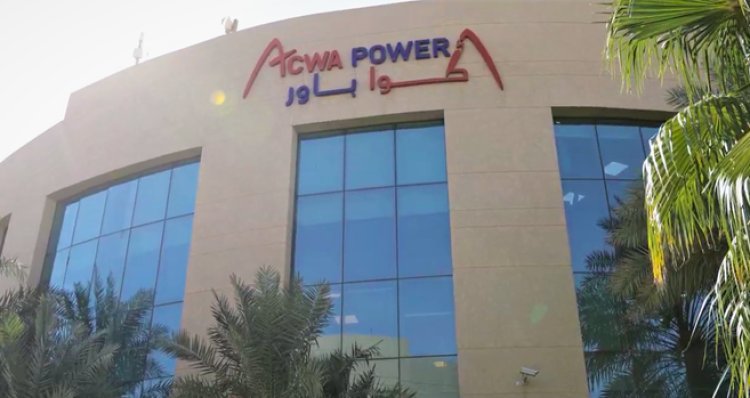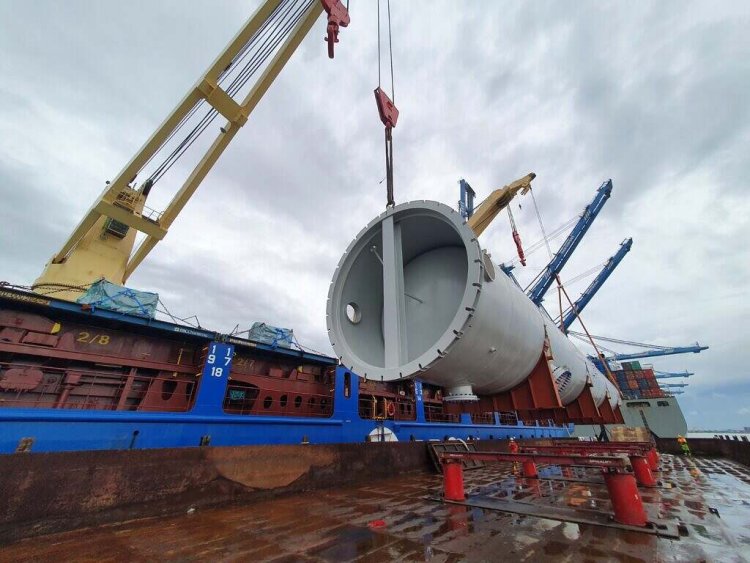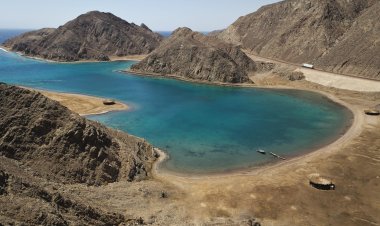$1.5 billion Investments.. Egypt and Saudi Arabia's ACWA Power sign an agreement for a wind energy project

Today, Wednesday, the Egyptian Council of Ministers announced the signing of an agreement worth $1.5 billion with an alliance led by Saudi “ACWA Power” to produce energy from wind with a capacity of 1.1 gigawatts, with investments amounting to $1.5 billion.
He attended the signing ceremony of the agreement between the New and Renewable Energy Development and Utilization Authority and an alliance led by ACWA Power, which includes Hassan Allam Utility Company, Prime Minister Dr. Mostafa Madbouly, Minister of Electricity and Renewable Energy Dr. Mohamed Shaker, and the Deputy Ambassador of the Kingdom of Saudi Arabia in Cairo, Minister Plenipotentiary Abdul Al-Rahman bin Salem Al-Dahas, the CEO of Hassan Allam Holding Company, Eng. Amr Allam, and the Chief Investment Officer of ACWA Power, Thomas Brostrom.
Renewable Energy Development
The agreement was signed by the CEO of the New and Renewable Energy Development and Utilization Authority, Dr. Mohamed Al-Khayyat, the Vice President of ACWA Power for Business Development in Africa, Mohamed Hamdouche, the Regional Director of ACWA Power in Egypt, Engineer Hassan Amin, and the CEO of Hassan Allam Utilities Company, Dalia Wahba.
Following the signing, Shaker indicated that, according to the agreement, the alliance will work, during the project development phase, to complete site studies and secure financing for the project, which will be located in the Gulf of Suez and Jebel El-Zeit, pointing out that this project is the largest of its kind for producing energy from wind in the Middle East, and one of the largest onshore wind energy projects in the world, adding that with the completion of the project, it will contribute to reducing 2.4 million tons of carbon dioxide emissions annually, saving about 840 thousand tons of fuel annually, and creating about 6 thousand direct and indirect job opportunities, in addition to Providing electricity to about one million housing units.
For his part, Brostrom pointed out that the project will be designed using the latest wind turbine technologies, which reach a height of about 220 meters, to be the highest in the Gulf of Suez region, which will help in using the lands allocated for the project at the highest level of efficiency.
Electrical connection project
In a related development, the Egyptian-Saudi committee concerned with following up the electrical interconnection project between the two countries is discussing the date of installing the submarine cable at its scheduled meeting next week.
Informed sources said that the Italian company "Brisman" is close to completing the submarine cable in preparation for its shipment and installation between Egypt and Saudi Arabia, and the matter is being discussed between the two sides and the project consultant.
The sources explained that the length of the submarine cable exceeds 19 kilometers, and the cable will be placed on a ship equipped for its installation immediately after the completion of its manufacture in the Italian company. The contractual value agreed upon with the Italian company includes shipping, installation, and insurance of cables with a value exceeding 220 million euros.

Starting operation of the electrical interconnection project
According to the agreement between Egypt and Saudi Arabia, the trial operation of the electrical interconnection project between the two countries is scheduled to begin at the end of May 2025, with the official operation of the project, which costs $1.8 billion, to begin in two phases, the first in June 2025 with a capacity of 1,500 megawatts, and the second in November of the same year. With a capacity of 1500 megawatts.
Enhancing electrical capabilities
The Islamic Development Bank, the Arab Fund, and the Kuwaiti Fund participate in financing part of the cost of the electrical interconnection project between Saudi Arabia and Egypt.
The primary goal of the Saudi-Egyptian electrical interconnection project is based on enhancing the electrical capabilities between the two countries through the exchange of 3,000 megawatts, in addition to a larger goal of exporting electricity to other countries.


 Shrouq
Shrouq 











